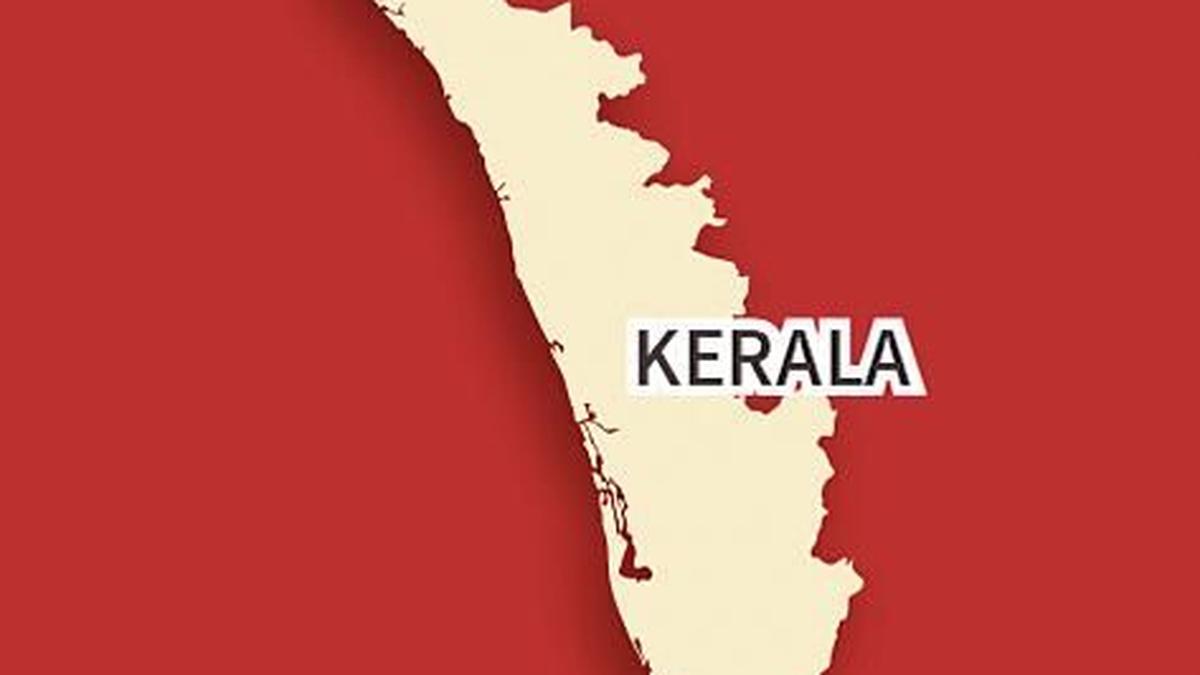One of India’s most literate States, Kerala is known for its strong grassroots institutions and rich biodiversity. With globally significant ecological hotspots such as the Western Ghats and Silent Valley, over 64.26% of its land is under Forest & Trees cover. The rise in tiger numbers and the improving elephant population further reflect its conservation saga.
In recent years, Kerala has faced a sharp rise in human-wildlife conflicts — declared a disaster — resulting in significant loss of life, crop damage, and widespread fear. In the last decade, these conflicts injured nearly 9,000 people and caused over 900 deaths. A Forest Department study identified 273 local bodies as critical conflict zones, including 30 major hotspots, nine of which are highly critical due to frequent incidents.
Recently, the Kerala Cabinet approved amendments to the Wildlife (Protection) Act, 1972, with provisions empowering the Chief Wildlife Warden to order the immediate killing of wild animals attacking humans in residential areas, bypassing central approvals for faster redressal. These also allow the State to declare species such as wild boars as vermin, permitting controlled culling to protect crops and livelihoods, and downgrading the bonnet macaque from Schedule I to Schedule II for easier population management. Further, the State can authorise relocation and birth control measures for certain species without prior central approval. These are aimed at balancing conservation and safety.
Editorial | Tusks and tensions: On the Wild Life Protection (Kerala Amendment) Bill 2025
The Act bans hunting and sets protected areas. Being on the Concurrent List, both the State and Union governments can legislate on it, with central law prevailing to ensure a unified national policy in case of dissent. Despite successful conservation initiatives, wildlife in India continues to face challenges such as habitat fragmentation and human-wildlife conflicts. Kerala’s current situation is a clear testimony to these challenges, prompting the State to propose amendments as a potential solution.
Ecological impact
Regardless of intent, these amendments may create legal conflicts with the central Act, bypass key protocols, and threaten the consistent national protection framework. They could face judicial review for contradicting the central objectives, raising concerns over India’s unified conservation regime.
Whether it is a mass culling of wild boar or reducing protection for the bonnet macaque, these measures endanger biodiversity and predator-prey balance by disrupting local ecology. This concern is heightened given Kerala’s progress in conserving key species.
Decentralised authority also raises concerns of misuse or unscientific application, leading to inconsistent wildlife management that may cause more ecological harm. Environmentalists warn that these acts are unscientific, legally questionable, and contrary to both public interest and constitutional principles.
Cooperation with dialogue
The proposed amendments reflect a commitment to quick, local solutions, while the Centre emphasises unified, science-based conservation to avoid fragmentation and legal confusion. The conflicting views on this matter demand a collaborative solution that balances human safety along with ecological considerations under a national conservation strategy.
Cooperation allowing State-specific flexibility within central laws via faster approvals or science-backed exceptions could be one solution, with measures such as joint task forces for implementing lasting, non-lethal measures, including habitat restoration, early warning systems, and conflict management. Empowering communities, transparent monitoring, and clear legal protocols — backed by streamlined processes and central funding — would help manage conflicts without breaking national policy.
God’s own country, echoing with tiger roars and elephant trumpets, symbolises ecological pride and heritage. Its future depends on how well Kerala and the nation balance conservation with conflict. Whether vibrant or diminished, this legacy depends on collaborative, science-based solutions balancing human and wildlife needs. Kerala’s decision today will shape and guide India’s conservation legacy for the future.
Mohan Chandra Pargaien is former Chief Wild Life Warden & Advisor, SCCL, Telangana. Views are personal
Published – October 16, 2025 12:40 am IST

